Having a seizure? Ceribell headband uses AI to enable quick diagnosis, more effective treatment
- Oops!Something went wrong.Please try again later.
Matthew Hallahan, 21, had just moved to Austin to take a job installing pools when he became unresponsive on July 23.
The former high school lacrosse and football player from New Hampshire was supposed to help his mom unload her truck the day before, but he was complaining about a sinus infection.
That Sunday morning, Hallahan didn't answer his mother's call. "I just got this really bad feeling," said Ann Marie Carpenter. She found him at 7:15 a.m. in his apartment unresponsive and febrile. "He felt like a furnace."
Hallahan became one of the first patients St. David's Medical Center was able to diagnose with seizures and treat using a rapid electroencephalogram device that can be put on in minutes by their nurse. Ceribell's headband device has 10 electrodes and snaps in place around the forehead to the back of the head.
Ceribell uses artificial intelligence to compare the patient's brain waves to the brain waves of normal patients and patients having seizures. It then alerts the staff of abnormal seizure activity. It also sends the readout of the patient's brain waves in real time using wifi to the neurologist to read the EEG. Ceribell's latest AI software, ClarityPro, was cleared by the Food and Drug Administration in August.
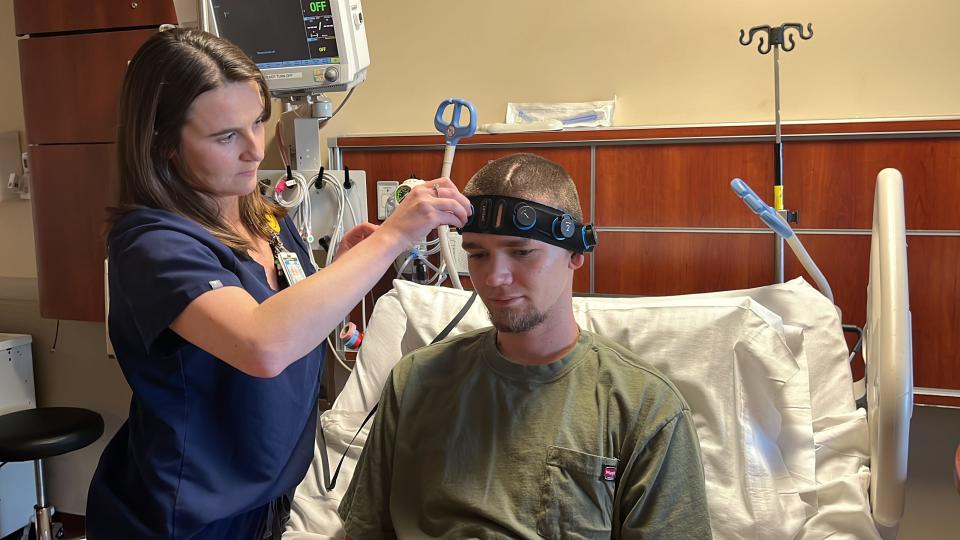
Finding the cause
Hallahan had two different bacterial infections including meningitis. Doctors did emergency brain surgery on him to relieve the pressure in his skull and try to get rid of the bacterium.
Four days later he had a stroke. Then he started having seizures.
Emily Durham, the charge nurse at St. David's intensive care unit the night Hallahan began having seizures, said the Ceribell device notified the staff of seizures that they didn't know he was having, as well as know if the medication Hallahan received was stopping the seizures.
"He was really sick," Durham said. Before the device, Durham would have had to call the EEG tech on call. "I can just run to the backroom and put it on," she said.
Durham demonstrates the Ceribell headband. First, she puts it around the back of the head and snaps it in front to complete the circle. Then she squeezes and twists the 10 electrodes around the band.
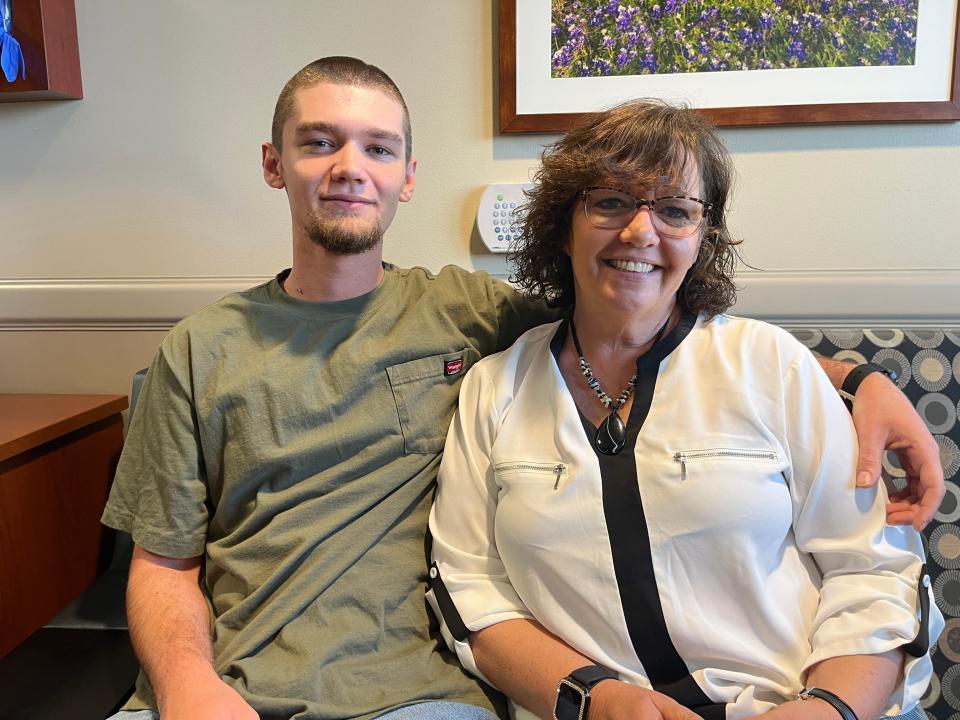
Said Hallahan: "It just feels like a headband."
On an attached screen, each electrode turns green when activated. In about a minute, the device sends information to EEG experts and the nurse. An alarm sounds if there is a high seizure amount.
The Ceribell can be worn for 24 continuous hours. It is billed for insurance purposes with the same billing code as regular EEG.
More: Dell Children's Medical Center doubles space for its cardiac critical care unit in Austin
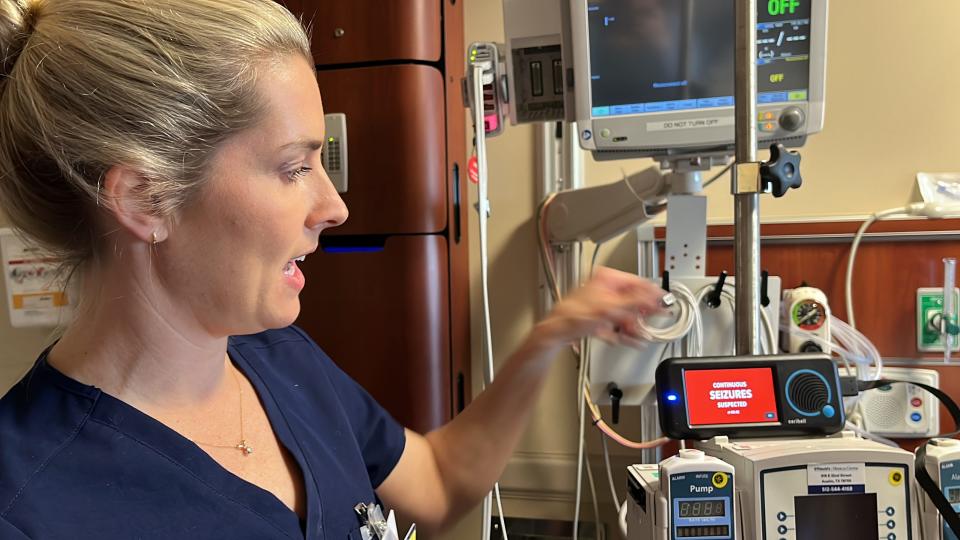
A faster application for faster treatment
Hallahan's neurosurgeon, Dr. Craig Kemper explains that the reason most adults have seizures are because of a stroke, tumor, an aneurysm or a lesion. Sometimes it's from substances or a toxin.
Kemper likens having seizures to the brain firing off like a heart arrhythmia. Uncontrolled seizures could be fatal. So time is of the essence.
Compared to a regular EEG, which can take days from start to finish, Kemper said , "this gives us an answer in about 10 minutes."
This is helpful in patients who are having convulsive seizures that are not visible. Seizures are difficult to diagnose visually in critically ill patients under medication to paralyze them while on a ventilator in an ICU.
The Ceribell can be authenticated using a traditional EEG, which Kemper says "is still the gold standard." A traditional EEG still would be used for a person with epilepsy, who is not in an emergency situation.
"This has significantly improved our ability to treat very critical, acute illness," Kemper said of the device.
Most of the time the device actually is used to rule out seizures, Kemper said. It saves treating for seizures erroneously or waiting for that traditional EEG to rule out seizures.
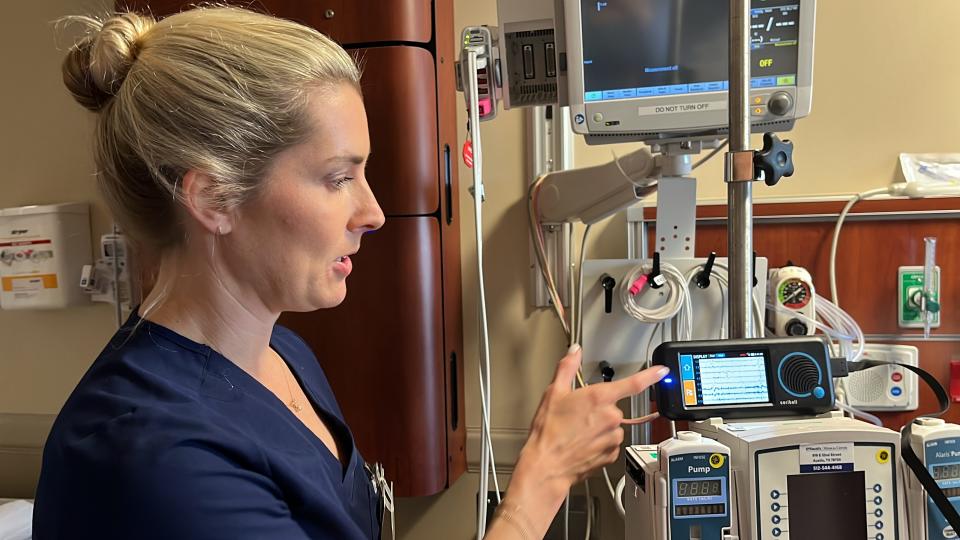
Turning the corner
Once Hallahan's seizures were under control, doctors focused on the cause: the bacterial infection. They discovered on Aug. 5 that Hallahan had polyps, a deviated septum and a bone spur in his nose that needed correcting because the bacteria was recollecting in his nose and then going back into his brain.
Dr. James Eskew fixed Hallahan's nose;then Kemper went back into Hallahan's brain to add a drain to get rid of the bacteria for good.
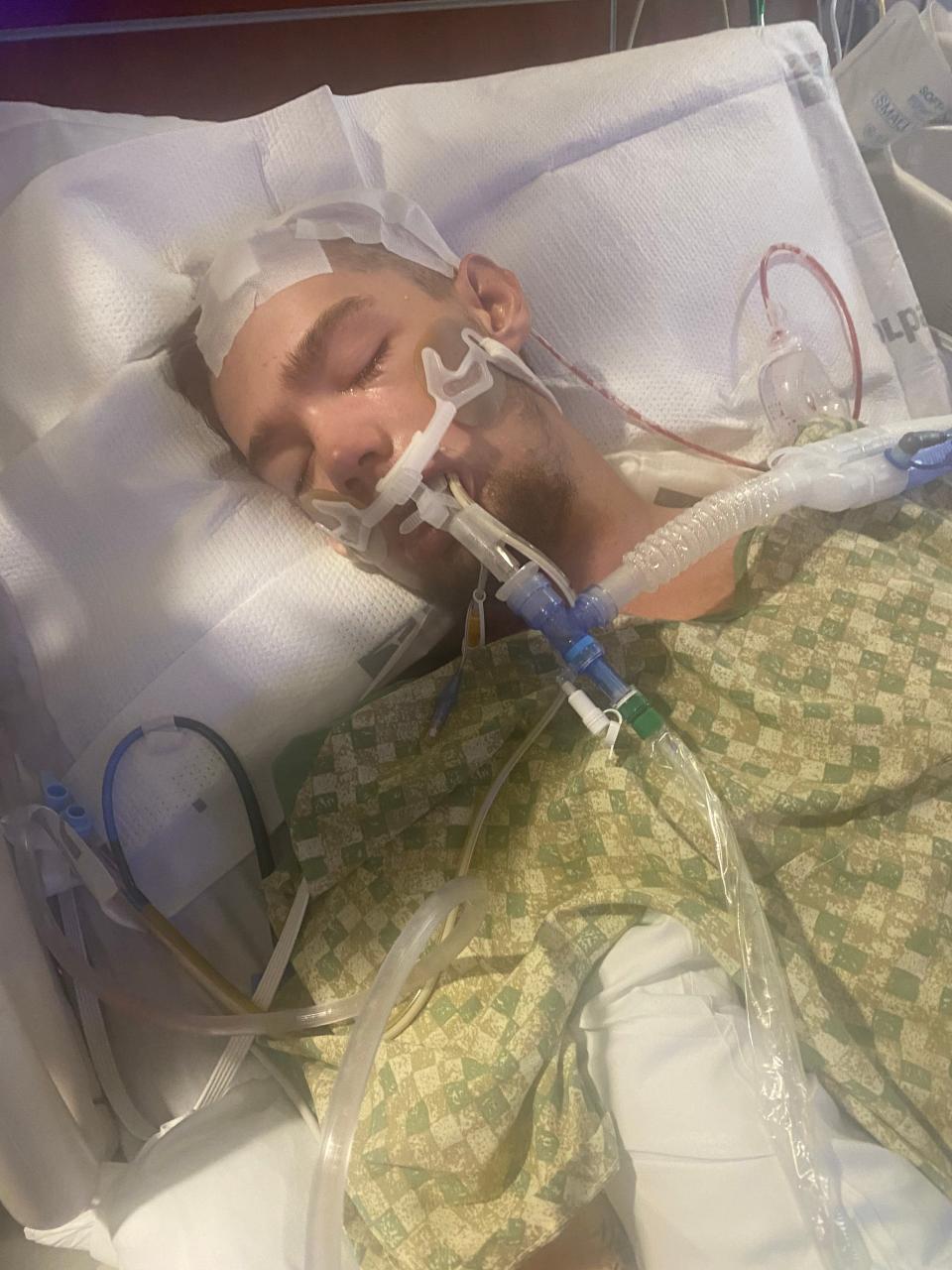
By Aug. 8, Hallahan was able to say his name. By Aug. 12, he was able to sit in a chair. "We celebrated like it was a Super Bowl party because he was sitting," his mom said.
The next day, Hallahan started walking, "and we went from there," she said.
Hallahan was able to go to the in-patient rehab on Aug. 17, and then home a week later.
More: After heart attack, Ron Oliveira learns how to change his life at St. David's cardiac rehab
Hallahan remembers nothing from the day before he collapsed until the first time he was walking. Carpenter remembers the words she was told when she first brought him to the ER: "If I didn't get him here within the hour, he wouldn't have made it," she said.
Getting him home was such a relief. He had lost 40 pounds while in the ICU. Hallahan has no lasting effects from his infection, stroke and seizures.
"I fattened him up as soon as possible," she said. "I made him all his favorite foods, manicotti and everything else."
This article originally appeared on Austin American-Statesman: Ceribell headband helps diagnose seizures using AI at St. David's

